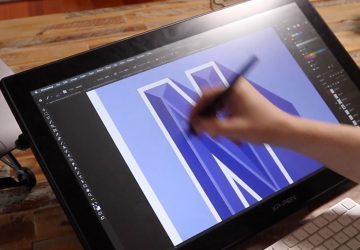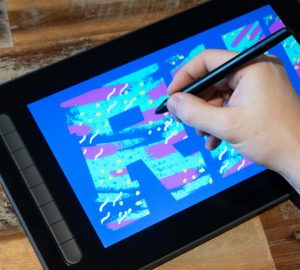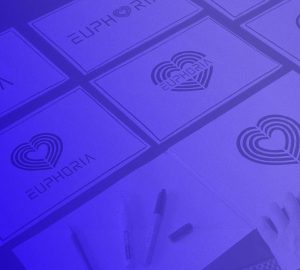Every successful project starts with a well thought out design brief. Although every design brief will vary in one way or another, they will all consist of the same basic information. This basic information is key to every project and will help the designer fully understand what is required of them.
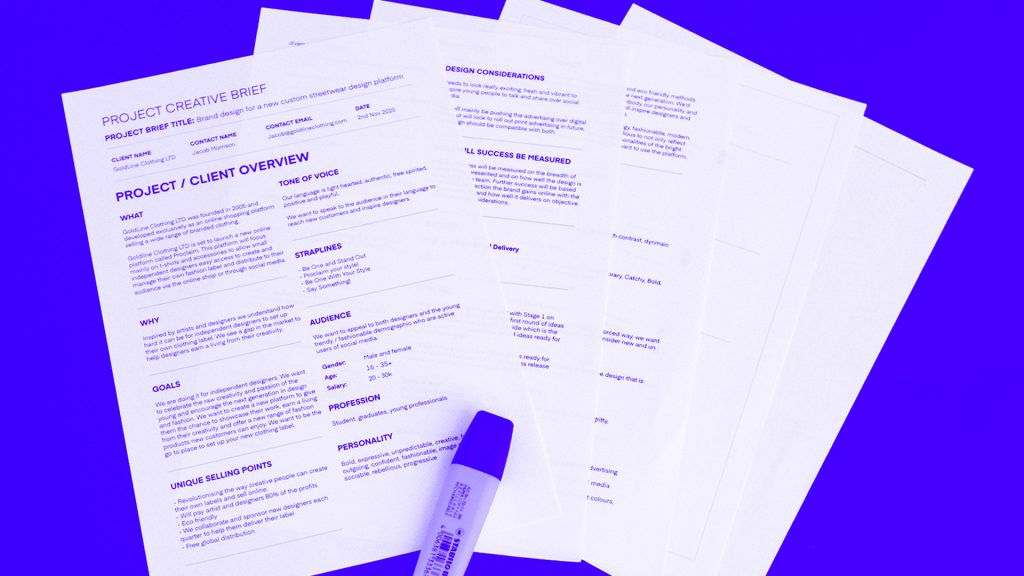
In this example you can see the basic information covered as follows:
Project brief title: a title that sums up the whole project.
Client and contact details: client details and the point of contact for the duration of the project.
Project / client overview: a short paragraph about the project or the client, who they are and what they do. This serves to get a good idea of who you are designing for and to get a perspective on the industry sector and the context.
What and why: a brief statement of what exactly the design is going to be, what the design is going to be used for and why the project is being done.
Audience: who the design is for, the target audience.
Objectives / goals: states what the project should achieve with the design.
Look and feel / tone and manner: a few keywords that the client feels describes the nature of the design and sum up what they want their design to be and feel like.
Straplines and unique selling points (USP): any lines or catch phrases that are currently in place or are intended to be used. This will help identify a tone of voice they currently use or want to be consistent with. USPs can help a designer understand the business in more detail, which could help steer the design in the right direction.
Likes and dislikes: a list of references the client likes or dislikes. Here they can request specifics such as colours, styles and brands. They may also be references that a client might have already researched themselves. This can help influence the design process and help avoid certain visual elements or styles they do not like or want to avoid.
Competitors: a list of competitors. Competitor research helps the designer understand the current landscape that the brand is in and how it compares to other brands in this landscape. This can also identify patterns or trends amongst the competition and guide the designer in finding a solution that helps the brand stand out from the competition.
Strategic considerations: state any commercial, marketing, awareness or disruptive goals they wish to achieve with the designs.
Existing branding or marketing collateral: specifies any current visual design already in place, for example, brand guidelines, advertising assets, print material they currently use and want to be consistent with.
How success will be measured: states how the client plans to measure the success of the design work. This may suggest any focus points, priorities, or areas the project needs to be particularly strong in.
Budget: If a quote has not already been issued, budget should state how much the client wishes to spend on the design.
Timeline: states any milestones across the progress of the project and the deadline for all work to be completed by.
Deliverables: a clear list of what exactly is required.
This information should provide a comprehensive overview of the project and brand, helping the designer fully understand what is required of them and the challenges that lay ahead. From this, they’re able to begin the design process. So essentially, what makes a good design brief is the quality of information provided based on the right questions being asked.
Download here
Access the design brief downloadable folder, including design brief examples and templates from the FREE GDS resource library.
Related
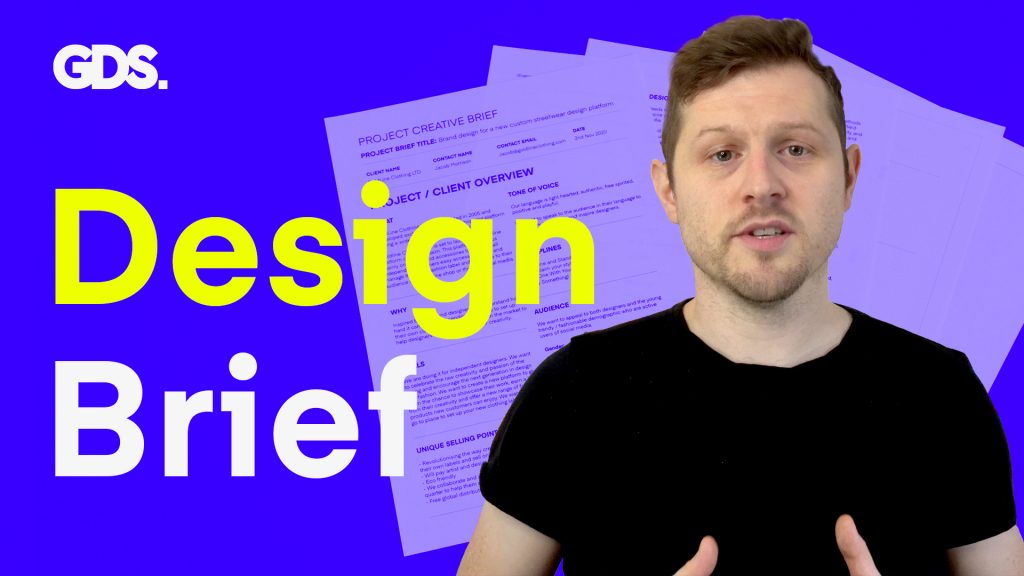
The Design Brief
Learn more about the design brief, what it is and why it’s important for a designer and business to get right.

How To Build A Design Brief
Haven’t been given an adequate design brief? Learn how to build your very own design brief and save time using my premade template.



